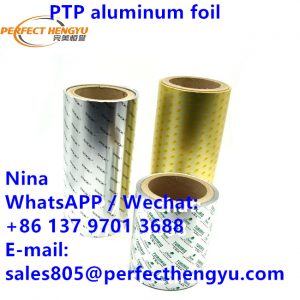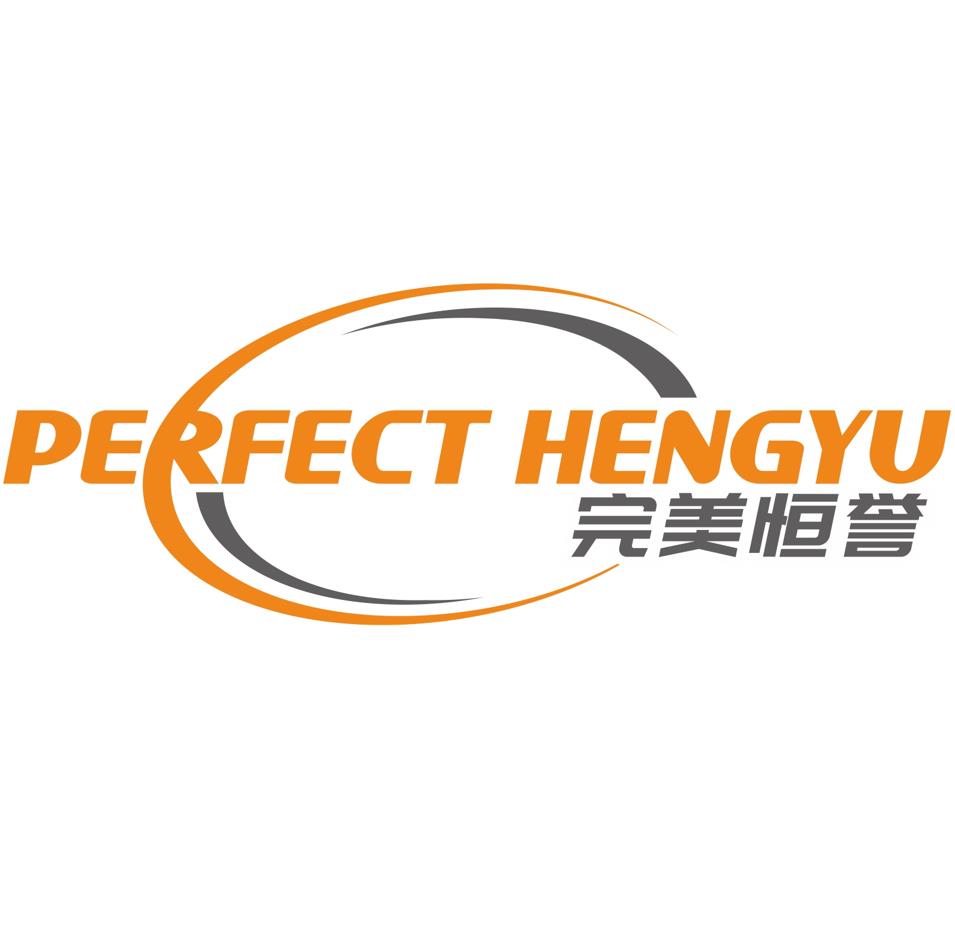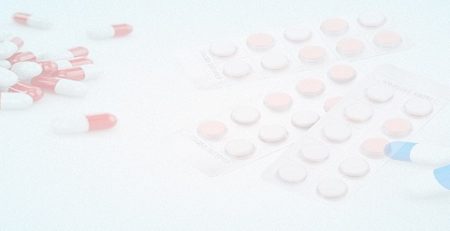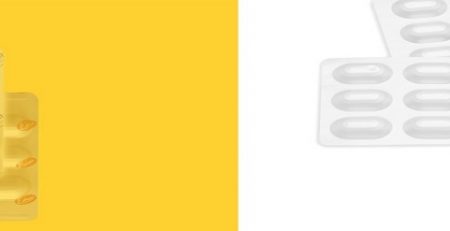Abstract: Blister packaging is the mainstream of solid drug packaging in the future. This paper analyzes the testing requirements of blister packaging, and introduces the testing methods of specific indicators combined with the specific testing standards of drug packaging materials.
Key words: Blister, PTP blister aluminum foil , heat sealing strength, impact strength
Drug blister packaging, also known as water eye packaging, namely PTP (press through packaging) packaging technology, is one of the main forms of drug packaging, which is suitable for the mechanized packaging of solid preparations. It has obvious advantages, such as stable and reliable drugs, easy to realize less measurement and series packaging, advanced technology, safety and health, convenient carrying and use, long storage period, good adaptability and appearance, and has the functions of identification, anti-counterfeiting and so on. At present, blister packaging occupies about 30% of the global drug package market and maintains a stable growth trend. In the future, it will become the mainstream in the packaging of Western medicine tablets and capsules, traditional Chinese medicine pills, powders, powders, granules and other dosage forms.
1. Inspection requirements for blister packaging
The main packaging object of blister packaging is solid drugs. The packaging should isolate the contained drug preparations from the outside world, on the one hand, prevent the volatilization, escape and leakage of drug active ingredients. Volatile drug components can be dissolved in the inner side of packaging materials and diffuse to the other side under the action of osmotic pressure, such as solid drug preparations containing aromatic components and volatile active components, whose active components are volatile and penetrate some materials. On the other hand, prevent external air, moisture, foreign matters and microorganisms from entering and contacting with drugs. The air contains oxygen, moisture, a large number of microorganisms and foreign particles, which will lead to drug oxidation, hydrolysis, degradation, pollution and fermentation after entering the packaging.
PTP aluminum foil and PVC hard sheet or PVC / PVDC composite hard sheet used in blister packaging will be in direct contact with drugs, so special attention should be paid to the testing of materials. The testing items include appearance, barrier performance, tensile strength, impact strength, thermal shrinkage and other mechanical properties, as well as sanitary indicators. There are corresponding testing methods and standards (or enterprise standards) respectively. The following focuses on the key testing items of blister packaging.
2. Barrier detection
Barrier test is the key test item of blister packaging, including the oxygen transmittance test and water vapor transmittance test of materials. Although the oxygen transmittance test of aluminum foil is not mentioned in the standard, because this index is closely related to the number of pinholes, if the number of pinholes of aluminum foil can meet the standard requirements, the oxygen transmittance can generally meet the use requirements. Whether it is aluminum foil or PVC material, the barrier property of the material is high in actual use. Therefore, when purchasing testing equipment, attention should be paid to selecting instruments with high detection accuracy. The detection technology of oxygen transmittance and water vapor transmittance has been popularized. Here we focus on the barrier detection technology of the whole blister.
At present, the overall barrier detection technology of packaging has been mature, but because the overall size of blister is very small, it is difficult to use general overall detection accessories of packaging, and the strength of its aluminum foil layer is weaker than that of plastic, so the overall barrier detection technology has not been applied in blister packaging. However, in fact, due to the uniformity of the coating amount of the material adhesive, the heating expansion rate of the material and the mechanical strength of the aluminum foil, the oxygen transmittance and water vapor transmittance of the actual blister are larger than the calculated values obtained from the film barrier data. We have tested some drugs packaged with blisters in the market. After comparing the actual barrier data of drug coated aluminum foil and PVC hard sheet or PVC / PVDC composite hard sheet obtained from some manufacturers, we found that although the barrier test data of packaging materials are very close, the measured data of blisters can sometimes differ by tens of times.
When testing the overall barrier of the blister, we complete the preparation of the blister sample through special accessories, and use the isobaric method in the oxygen transmittance test and the sensor method in the water vapor transmittance test. In the whole test process, special attention should be paid to the adjustment of flow rate to avoid the sudden rise and fall of pressure caused by the drastic change of gas volume in the blister, which will affect the sample state. In fact, the testing accessories used by the blister can also be applied to the testing of small hollow containers such as capsules, which can easily expand the types of small samples that can be tested.
In addition, the detection of volatile drug components can refer to the test method of organic gas transmittance. At present, China has drafted the first international organic gas transmittance test standard (including container test), which is believed to provide an effective method for the penetration of volatile drugs.
3. Heat sealing strength test
Like other types of packaging, tightness is an important indicator of the practicability of blister packaging, and heat sealing strength is an important test item to reflect the tightness. For blister packaging, there are heat sealing strength test items in the test of aluminum foil, PVC hard sheet or PVC / PVDC composite hard sheet.
The test method of heat sealing strength is to select appropriate heat sealing parameters according to specific test standards, and the size is 100mm through the heat sealing instrument × 100mm PVC hard sheet or PVC / PVDC composite hard sheet shall be heat sealed (the bonding layer of aluminum foil shall be overlapped with PVC sheet), then the sample shall be cut into 15mm wide with a standard cutter, and the middle three strips shall be peeled at 180 ° through a tensile machine (the stripping speed shall be carried out according to the requirements of specific testing standards). The maximum work required for stripping is the heat sealing strength.
4. Heating expansion rate detection
Heating expansion rate is an important test item of PVC hard sheet or PVC / PVDC composite hard sheet. It refers to the change of the size of the sample after being subjected to a certain temperature within a certain period of time, expressed as the percentage of the change of the distance between punctuation points and the distance between initial punctuation points. It is tested in accordance with the provisions of ybb00292004 heating expansion rate determination method. The test can be completed with the help of Labthink Blue’s rsy-r2 heat shrinkage tester.
Cut two square test pieces from the hard piece, and the side length of each piece is 120mm ± 1mm respectively. At the center point, cut through with a blade, draw two mutually perpendicular lines with a punctuation spacing of 100mm ± 1mm, longitudinal AB and transverse CD, and then mark the top of the two lines respectively. After accurately measuring the length of each section of AB and CD, take the arithmetic mean value respectively. Place the test piece flat on the glass or metal plate without affecting the free deformation of the test piece. Place it horizontally in the heating device at 100 ℃± 1 ℃ for 10min, take it out and cool it to room temperature. Then, after accurately measuring the length of each AB and CD segment, take the arithmetic mean value respectively. The standard requires that the heating expansion rate shall be within ± 6%.
5. Impact strength test
Stamping forming is an important step in the manufacturing process of blister packaging. Therefore, it is of great significance to detect the impact strength of PVC hard sheet or PVC / PVDC composite hard sheet. The bmc-b1 falling ball impact tester of Labthink blue light needs to be used to complete this test.
Take an appropriate amount of this product, cut the sample with a length of about 150mm and a width of 50mm, and five samples in the longitudinal and transverse directions respectively. The sample shall be placed in the environment of 23 ± 2 ℃ and 50 ± 5% RH for more than 4h, and the test shall be carried out under the above conditions. Fix the sample (the PVDC layer of the composite hard piece shall be upward) on the falling ball impact tester with a span of 100mm. Select the steel ball and the falling ball height according to the following table to make the steel ball fall freely in the center of the span, and there shall be no damage of more than two pieces in the longitudinal and transverse directions.
Sales Manager :Nina
WhatsApp:+86137 9701 3688 
Email: sales805@perfecthengyu.com








